Seongmodo Shrubby Sea-blite Habitat (석모도 칠면초 군락지)
15.0Km 2024-02-20
29-3 Maeeum-ri, Samsan-myeon, Ganghwa-gun, Incheon
Seongmodo Shrubby Sea-blite Habitat is a habitat where a colony of shrubby sea-blite flourishes on tidal flats. Situated on the route to Minmeoru Beach, accessible via the Seongmodaegyo Bridge, this area is known for the robust growth of seepweed, which forms colonies in tidal flats or areas with high salinity. From September to mid-October, the landscape transforms with vibrant reddish-pink flowers, often referred to as the "fall foliage of the sea."
Geomdan Prehistory Museum (인천 검단선사박물관)
15.1Km 2021-08-13
7, Gosanhu-ro 121beon-gil, Seo-gu, Incheon
+82-32-440-6790
In 1999, an excavation for cultural relics was carried out in the area of Geomdan. As a result of the excavation, various relics and remains from the Bronze Age and Old Stone Age to the Joseon period were found, leading to the opening of the Geomdan Prehistory Museum on November 27, 2008. The museum showcases the lifestyle of prehistoric times and offers hands-on programs.
Hotel June Incheon Airport (호텔 준)
15.2Km 2025-01-07
18, Sindosinam-ro 150beon-gil, Jung-gu, Incheon
+82-32-746-4417
Hotel June is named after the month of June, said to be a month of passion. Perfect for transit passengers, the hotel provides free shuttle services to and from the airport (roughly an 8-minute drive). In addition, the hotel employs a multilingual staff and offers free long-term parking and high-speed internet services.
Guestrooms at the hotel are decorated simply, but are cozy and come with all the latest facilities. At the 24-hour business center, guests can find desktop computers with high-speed internet, a fax machine, and other business services. The new concept fusion restaurant offers various international dishes and serves as a place of gathering among guests.
Sevilla Incheon Airport Hotel (세비야관광호텔)
15.3Km 2021-04-12
8, Sindosinam-ro 150beon-gil, Jung-gu, Incheon
+82-32-752-1170
Sevilla Incheon Airport Hotel is located eight minutes away from Incheon International Airport and features the ambience of Sevilla in Spain. It is neat, calm and comfortable to rest with excellent service. Regardless of the scale, from family gatherings to international meetings, the hotel offers high-quality service alongside their clean facilities.
The main restaurant is available on B1, serving international dishes that only use fresh ingredients, cooked by professional chefs. The business center is open 24 hours without charge and it provides convenient facilities such as computers, fax machines and other business-related facilities.
Goryeosan Mountain (고려산)
15.3Km 2020-04-27
Gocheon-ri, Ganghwa-gun, Incheon
+82-32-930-3515
Goryeosan Mountain, once referred to as Oryeonsan, is a mountain rich in folklore. Legend has it that in the year 416 (during the reign of King Jangsu of Goguryeo), a Buddhist monk named Cheonchukguk climbed Goryeosan Mountain and found Oryeonji Pond where the five-colored lotus flowers bloomed. The monk picked the lotus flower petals and blew them into the air. He then built a temple where each of the petals had landed, naming the temples according to their corresponding color: Jeokseoksa Temple, formerly Jeokryeonsa Temple (red lotus), Baengnyeonsa Temple (white lotus), Cheongryeonsa Temple (blue lotus), Hwangryeonsa Temple (yellow lotus), and Heungnyeonsa Temple (black lotus).
Around 130 dolmens are distributed along the foot of Goryeosan Mountain. Sirumisan Mountain, on the northern side of Goryeosan Mountain is said to have been the birthplace of General Yeongaesomun of the Goguryeo Kingdom.
Oepo-ri Kkotgejip (외포리꽃게집)
15.4Km 2024-03-20
1206 Jungang-ro, Naega-myeon, Ganghwa-gun, Incheon
Oepo-ri Kkotgejip is a restaurant dedicated to traditional blue crab delicacies, including kkotge tang (spicy blue crab stew), kkotge jjim (steamed blue crab), and ganjang gejang (soy sauce marinated crab). Positioned near Oepo-ri Quay, en route to Seongmodo Island, the restaurant provides a delectable experience of blue crab dishes complemented by a stunning sea view. Visitors can also take pleasure in the scenic Korean coastal landscape, explore the salted seafood market, and observe the fishing boats in the vicinity.
Days Hotel Incheon Airport / 데이즈호텔 앤 스위트 인천에어포트
15.4Km 2025-03-05
6 , Sindosinam-ro 142beon-gil, Jung-gu, Incheon
+82-32-722-3000, +82-32-722-0002
Days Hotel Incheon Airport is a residence hotel adjacent to Unseo Station on the Airport Railroad. All rooms are equipped with cooking facilities, washing machines, work desks, and dining tables, making them particularly convenient for longer-term stayers. Hotel facilities include an indoor swimming pool, billiards and table tennis rooms, a coin karaoke room, and a sauna. For families with children, cribs and bathtub are provided free of charge, and there is a play zone for kids. The business center is open 24 hours a day.
Howard Johnson Hotel Incheon Airport/ 하워드 존슨 인천 에어포트
15.4Km 2025-03-05
6 , Sindosinam-ro 142beon-gil, Jung-gu, Incheon
+82-32-722-0000, +82-32-722-0002
Howard Johnson Incheon at Incheon Airport on Yeongjongdo Island, Incheon, offers comfortable hotel-style rooms with wood-feature interiors, high-quality linen bedding and a sofa, desk and chair. Facilities include a restaurant, cafe & bar, plus billiard room, swimming pool, kids zone, business center, and concierge service. There is a shuttle bus to and from Incheon International Airport, while Eurwangni Beach and Yeongjong Seaside Park are 25 minutes away by car.
Olive Young - Unseo Station Branch [Tax Refund Shop] (올리브영 운서역)
15.4Km 2024-04-22
6, Sindosinam-ro 142beon-gil, Jung-gu, Incheon
-
CheongKwanJang - Unseo Branch [Tax Refund Shop] (정관장 운서)
15.4Km 2024-04-18
#108, 137, Sindosinam-ro, Jung-gu, Incheon
-

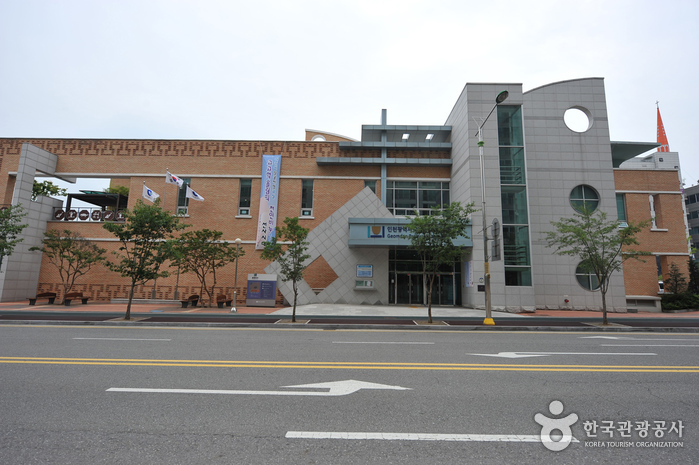
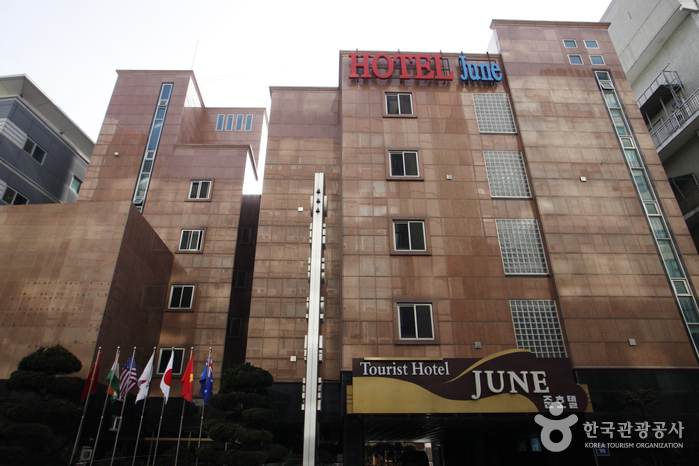
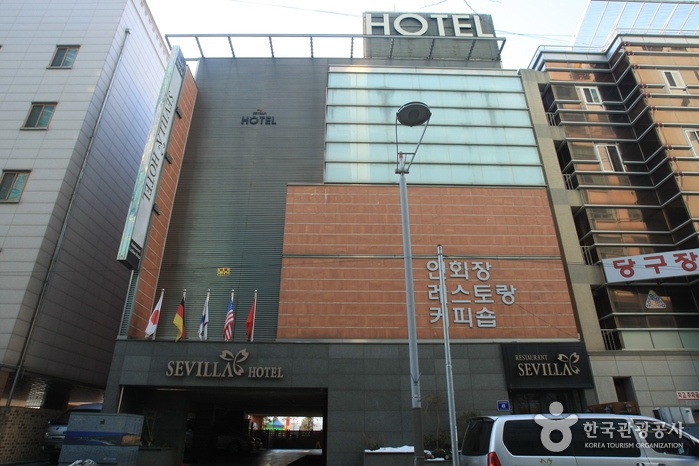

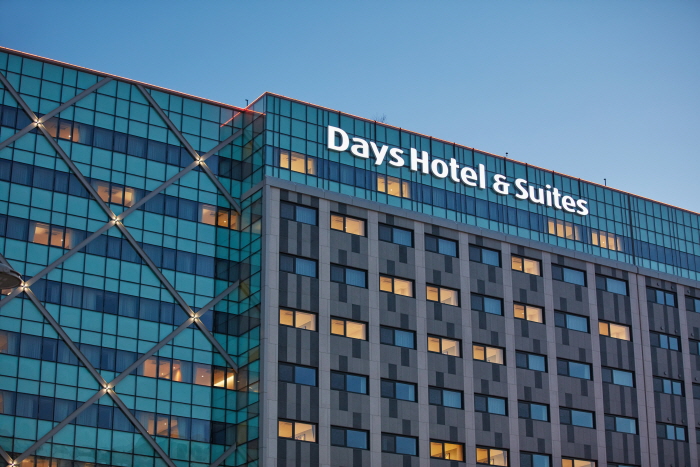
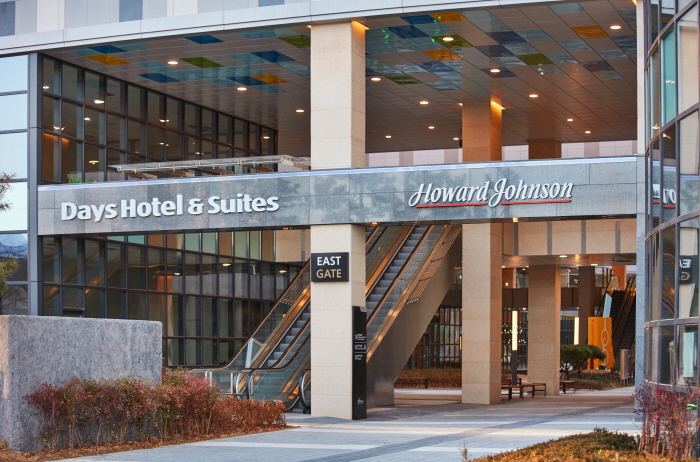
![Olive Young - Unseo Station Branch [Tax Refund Shop] (올리브영 운서역)](http://tong.visitkorea.or.kr/cms/resource/78/2882778_image2_1.jpg)
![CheongKwanJang - Unseo Branch [Tax Refund Shop] (정관장 운서)](http://tong.visitkorea.or.kr/cms/resource/80/2882780_image2_1.jpg)
 English
English
 한국어
한국어 日本語
日本語 中文(简体)
中文(简体) Deutsch
Deutsch Français
Français Español
Español Русский
Русский